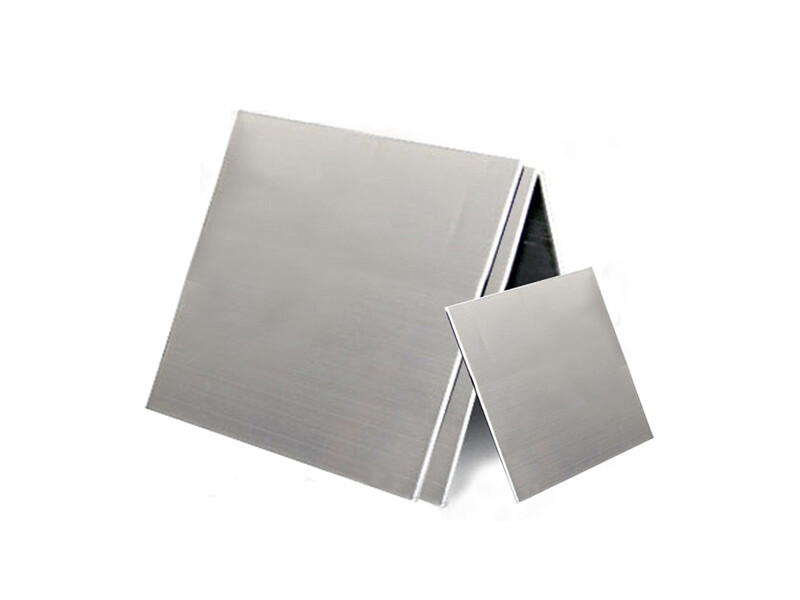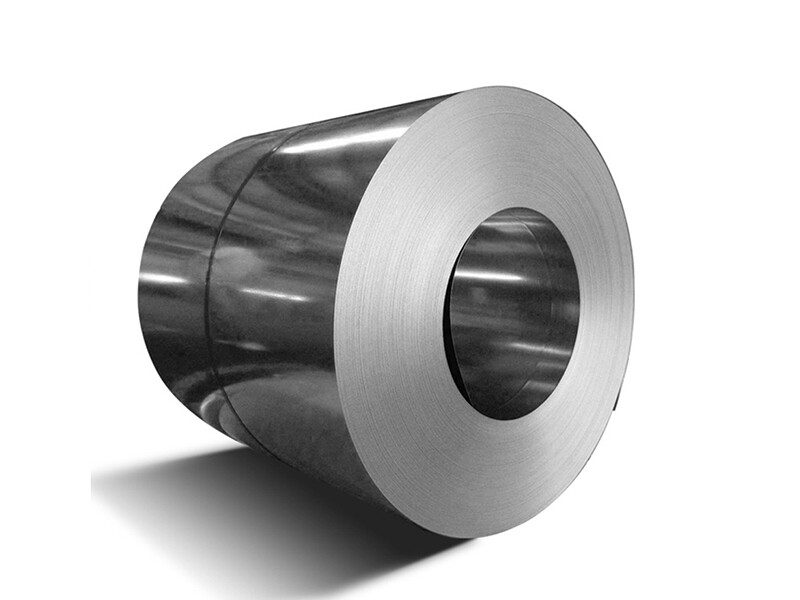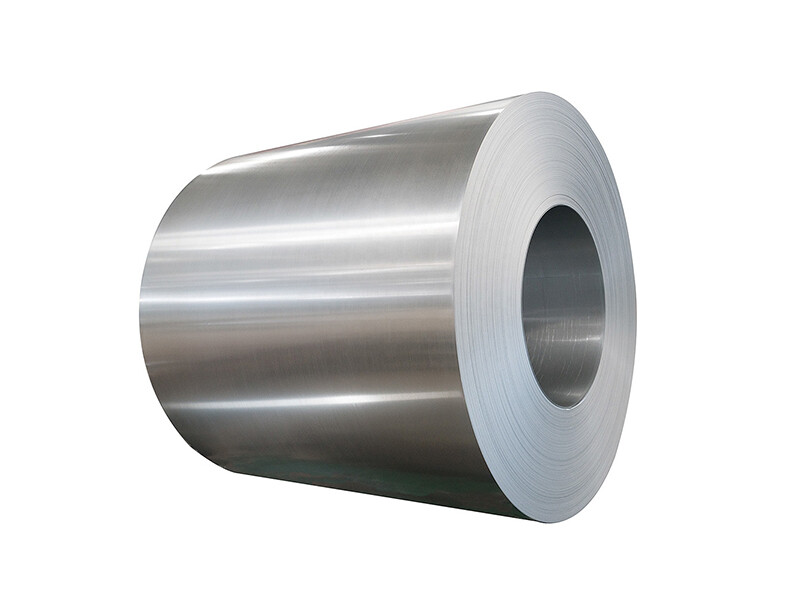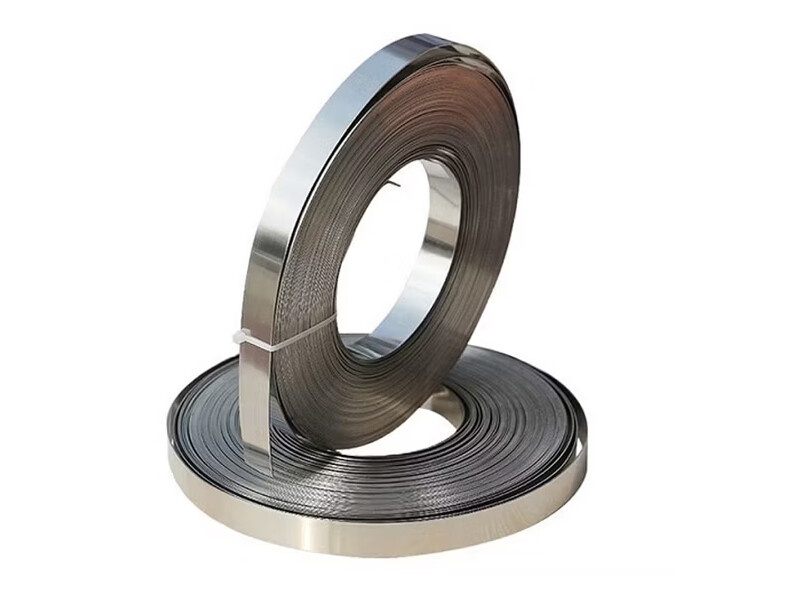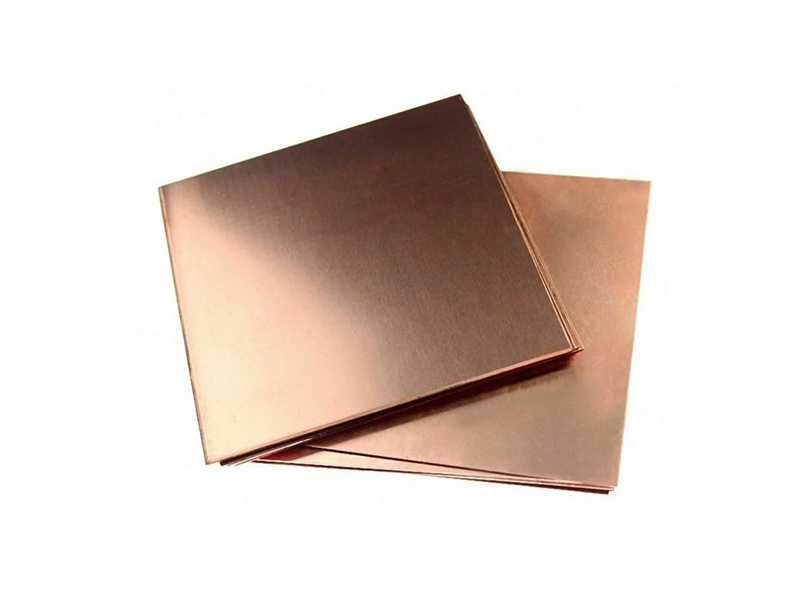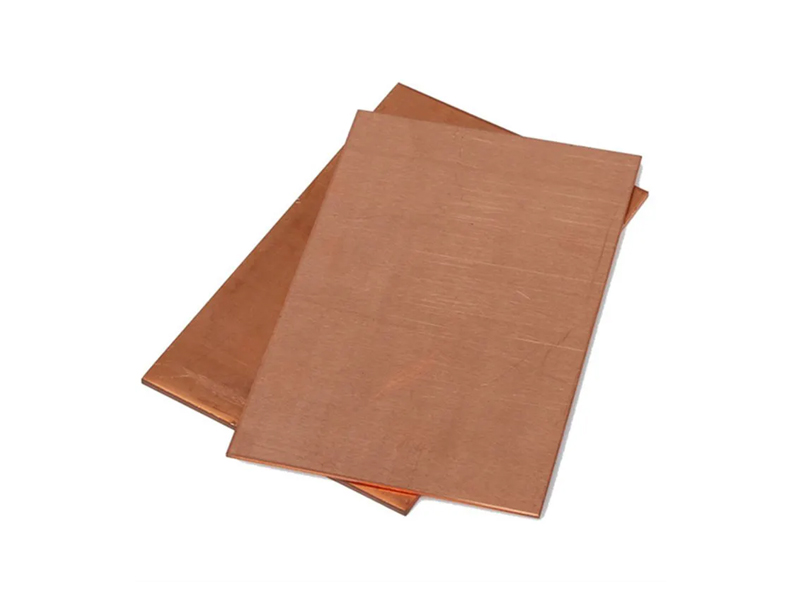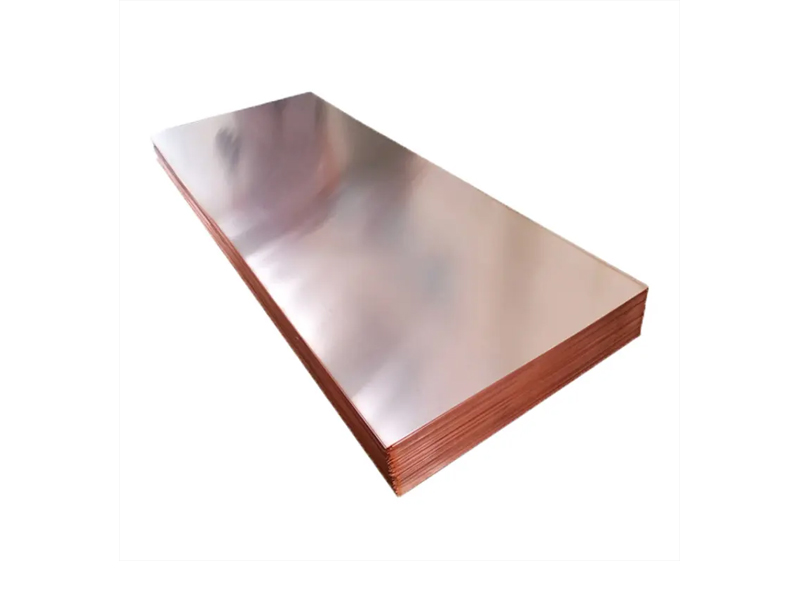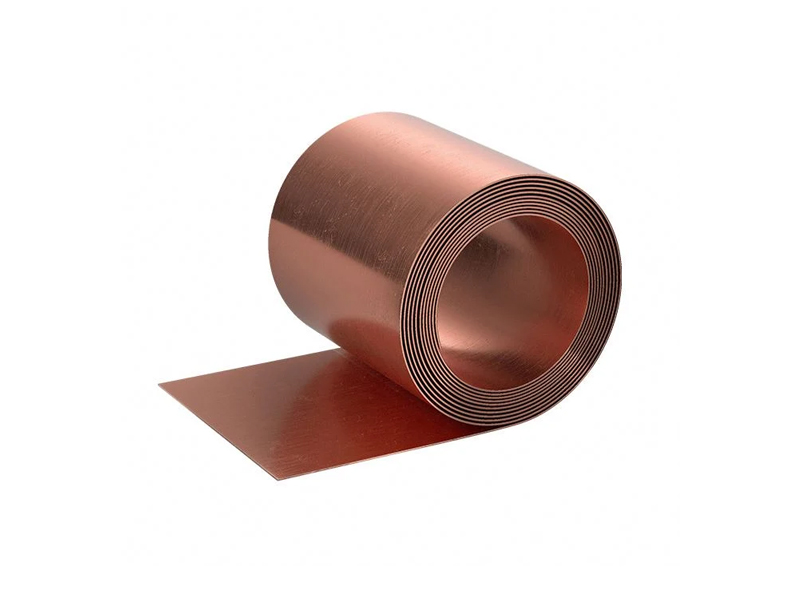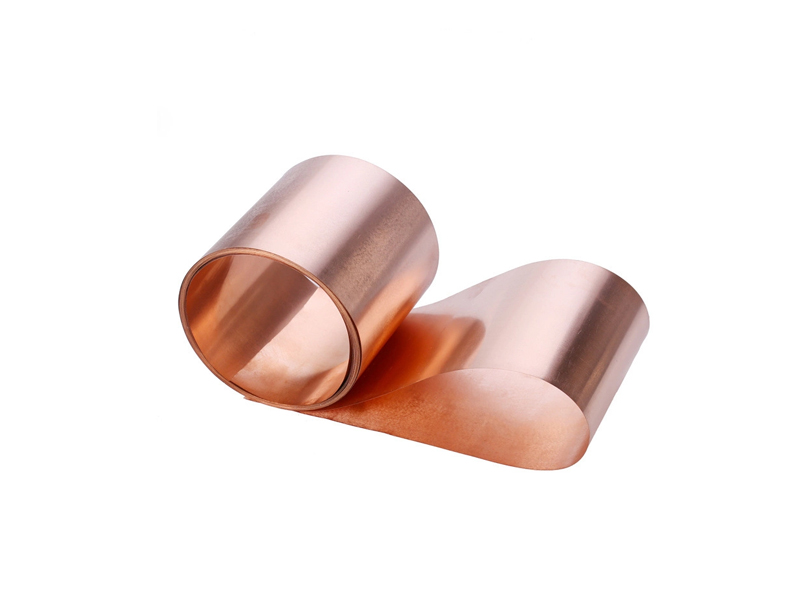PRODUCTS
Stainless steel has the advantages of heat resistance and low temperature resistance, and its corrosion resistance is also relatively good, making it less prone to deformation
Stainless Steel features:
Stainless steel has a mirror like brightness and a hard and cold touch, making it a relatively avant-garde decorative material
Stainless steel has a series of characteristics such as excellent corrosion resistance, formability, compatibility, and strength and toughness
Stainless steel has been widely used in industries such as heavy industry, light industry, daily necessities, and building decoration.
Hot-sale product:
Copper
Copper is a kind of metal with purple red luster. It is slightly hard, extremely tough, wear-resistant, and has good ductility, good heat conductivity, conductivity and corrosion resistance. Due to its abundant reserves in nature, excellent performance and convenient processing, copper is second only to aluminum in the consumption of nonferrous metal materials in China, and is widely used in electrical, machinery manufacturing, construction industry, transportation and other fields.
Copper features:
Good ductility, high thermal conductivity and conductivity, diamagnetic, durable, and the flame of copper is green.
Copper has strong corrosion resistance. Compared with aluminum, copper is more resistant to non oxidizing acids, alkalis, seawater, etc., but aluminum is more resistant to corrosion than copper in atmosphere, weak acid and other media.
Copper has good plasticity and can withstand cold and hot pressure processing with large deformation, such as rolling, extrusion, forging, etc.
Hot-sale product:


